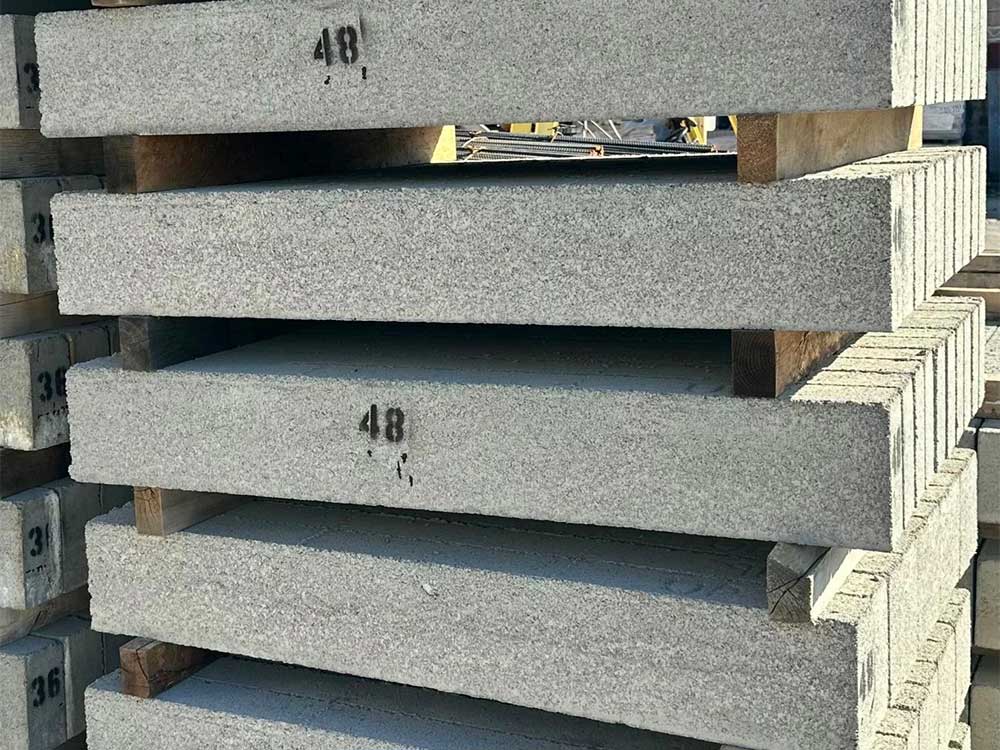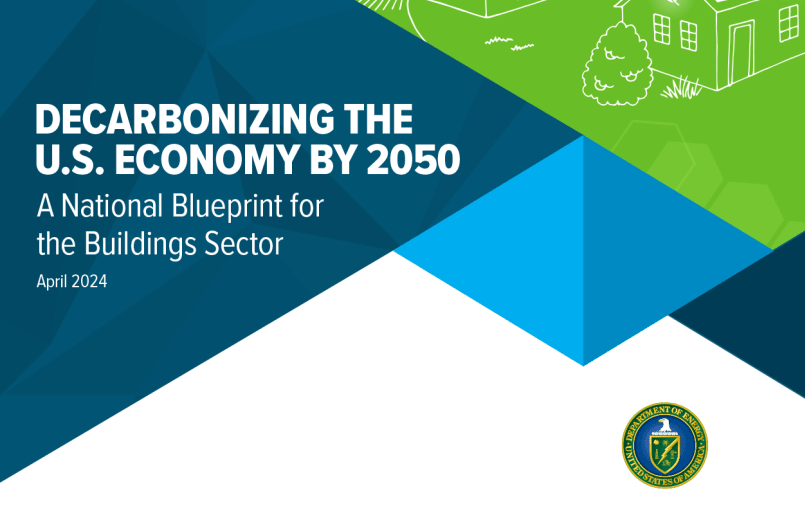FAQs About Stone Dust For Construction Project Answered
Building projects demand careful consideration of materials. Stone dust is one such material that often sparks questions among constructors and homeowners alike. But what exactly is stone dust (sometimes called #10 stone)? And why should you consider stone dust for construction? We aim to provide clear and straightforward answers, simplifying complex notions about stone dust for construction and offering insights that can assist you in making informed decisions.
Understanding Stone Dust
Stone dust is a byproduct of crushing rocks to make gravel and other construction materials. It’s a fine, powdery substance resembling coarse sand but having distinct properties. It was initially discarded or used in minor ways as a waste material. However, it has gained popularity in construction projects in recent years due to its potential benefits.
Why Use Stone Dust in Construction?
There are multiple reasons to incorporate stone dust into building projects. First and foremost, when mixed with other materials, stone dust can enhance the strength and durability of a construction. It acts as a filler, reducing air pockets and making the concrete or mortar more compact. Moreover, its fine texture allows it to settle well, providing a smoother finish. Lastly, stone dust can be a cost-effective option since it’s a byproduct and often cheaper than other construction materials.
What are the Potential Limitations and Concerns?
While stone dust presents several advantages, it’s also essential to understand its potential limitations. When used excessively, stone dust can make the concrete or mortar mixture too rigid, leading to cracks. It’s also crucial to ensure the stone dust is free from contaminants that might affect the construction quality. Another concern is that in certain areas, using stone dust for construction might not comply with local building codes. Always consult with local regulations before integrating them into your project.
What are the Differences Between Stone Dust and Sand?
Many constructors and homeowners often compare stone dust with sand, as both have a similar texture. However, their applications can be quite different. While sand has been a traditional choice for construction, especially in making concrete and mortar, stone dust has properties that can either enhance or hinder the final result, depending on the project’s specifics. For instance, stone dust offers better compaction than sand, making it preferable for laying pavers or creating pathways. However, sand might be a better choice for projects requiring more flexibility, like certain types of brickwork.
What are the Optimal Ways to Use Stone Dust?
To make the most of stone dust in your construction project, follow these guidelines:
- Blend with Other Materials:Mix stone dust with sand or gravel for optimal results. This improves its binding properties and helps achieve the desired texture and finish.
- Moistening is Essential:Before using, dampen the stone dust slightly. This prevents it from blowing away and ensures better settling.
- Test Before Full Application:Given the variations in stone dust quality, testing a small patch before using it extensively is a good practice.
- Stay Updated:Building methods and material choices evolve. Stay updated about the latest best practices concerning stone dust to ensure your project stands the test of time.
Remember, while stone dust offers several benefits, its application and results largely depend on the project’s nature and dust quality. It’s always advisable to seek expert guidance before making a final decision.

Ready Mix Dispatch ManagerReina Lopez
Latest News
4 Features That Makes Masonry Supply Company Stand Out
A masonry supply company plays a crucial role in the success of construction projects, providing essential materials and expertise to […]

Choosing The Right Size Lintel For Your Project
Determining the correct size of a lintel is critical for the stability and longevity of your construction project. A lintel […]

Data Misses on Embodied Carbon
There is significant urgency to avoid, reduce, or even reverse the emissions of greenhouse gases (CO2e) to avoid the worst […]

4 Masonry Tools You Should Have At Home
Effective and efficient masonry work, whether for repairs or new projects, requires the right tools. At home, having a basic […]
